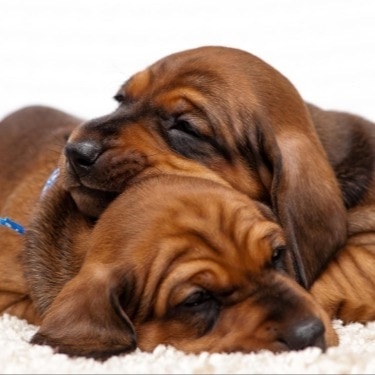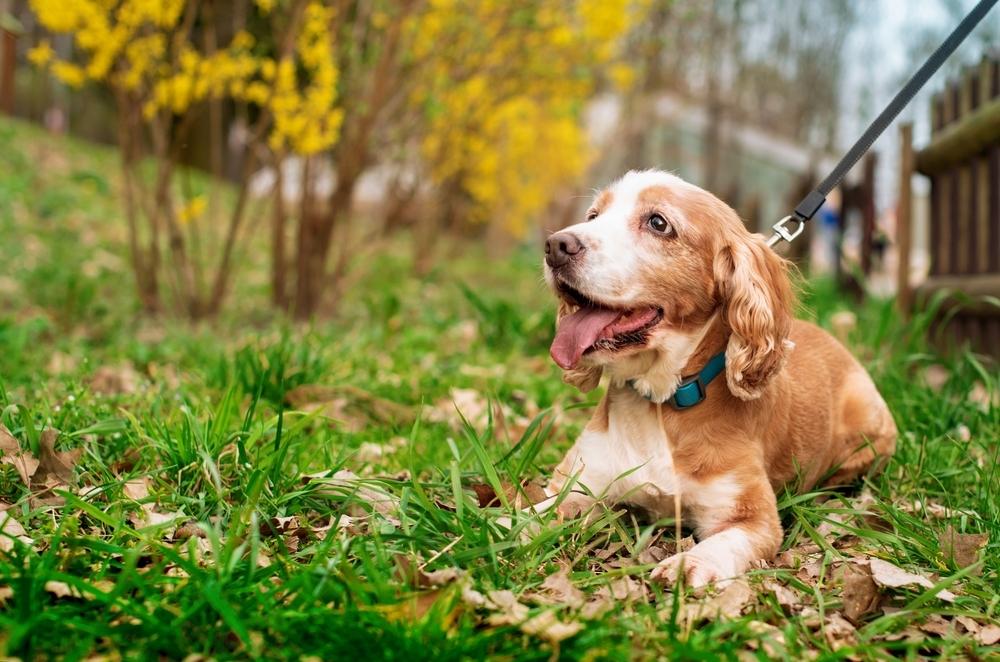
-
Find the right food for your petTake this quiz to see which food may be the best for your furry friend.Find the right food for your petTake this quiz to see which food may be the best for your furry friend.Featured products
 Adult Large Breed Chicken & Barley Recipe Dog Food
Adult Large Breed Chicken & Barley Recipe Dog FoodSupports healthy joints, lean muscle, and beautiful coat for large breed dogs
Shop Now Hill's Science Diet Adult Chicken & Beef Entrée Dog Food
Hill's Science Diet Adult Chicken & Beef Entrée Dog FoodChicken & Beef Entrée in a delicious loaf with complete & balanced nutrition to help keep adult dogs active and healthy
Shop Now Adult Chicken & Barley Recipe Dog Food
Adult Chicken & Barley Recipe Dog FoodSupports lean muscle and beautiful coat for adult dogs
Shop NowFeatured products Senior Vitality Adult 7+ Tuna & Vegetables Stew
Senior Vitality Adult 7+ Tuna & Vegetables StewImproves Everyday Ability to Get Up & Go
Shop Now Adult 7+ Indoor Chicken Recipe Cat Food
Adult 7+ Indoor Chicken Recipe Cat FoodSupports energy level and beautiful fur in mature indoor cats
Shop Now Adult Turkey & Liver Entrée Cat Food
Adult Turkey & Liver Entrée Cat FoodPrecisely balanced nutrition with the delicious taste of minced turkey & liver to help fuel the energy needs of cats during the prime of their life
Shop Now -
Dog
- Dog Tips & Articles
-
Health Category
- Weight
- Food & Environmental Sensitivities
- Urinary
- Digestive
- Joint
- Kidney
-
Life Stage
- Puppy Nutrition
- Adult Nutrition
- Senior Nutrition
Cat- Cat Tips & Articles
-
Health Category
- Weight
- Skin & Food Sensitivities
- Urinary
- Digestive
- Kidney
-
Life Stage
- Kitten Nutrition
- Adult Nutrition
Featured articles What Is Littermate Syndrome? Pet Adoption Guide
What Is Littermate Syndrome? Pet Adoption GuideLearn more about littermate syndrome in dogs and cats and how to successfully navigate adoption and early socialization processes.
Read More How to Properly Mix Wet & Dry Pet Foods
How to Properly Mix Wet & Dry Pet FoodsAn Orange cat eating from a bowl filled with mixed food
Read More The Science Behind Our Love for Pets
The Science Behind Our Love for PetsLearn the scientific reasons why we have such strong connections with our pets, and what science says about the love between humans and our furry friends.
Read More -


The skin is the largest organ in the body, and it's susceptible to environmental and physiologic damage, so it's important to take care of and protect it. One common condition seen in dogs of all ages and breeds is dog dandruff — this, just like many other conditions, can be a sign that something else is off with your dog's skin and coat health.
Understanding what causes dandruff, how to distinguish it from other conditions and what to do about it can give you actionable steps to take to help your pup feel more comfortable. Here's what you should know.
Dandruff, also called scaling, looks like visible chunks of white or translucent dead skin cells that either sit on your dog's fur or are shed into the environment. You may also see flakes of skin left behind when your dog gets up after resting. Typically the size of a pinhead or smaller, dandruff is irregularly shaped and often seen along the top of your dog's back.
Dandruff can be a sign that something else is off, whether that's a skin condition or an internal issue. While dandruff can show up on its own, it can sometimes be accompanied by other signs, like itching, redness, odor or even weight loss or vomiting. These additional signs can help indicate to your veterinarian what the cause may be, so it's important to call for an appointment if you notice your pup is showing signs of a problem.

Sometimes, dandruff can be mistaken for other conditions. One common challenge is distinguishing dandruff from flea eggs, as both appear as white specks on the hair and skin. While they are similar, there are specific differences you can look for to give you an idea of what you're seeing.
Dandruff Characteristics | Flea Egg Characteristics |
|
|
Despite knowing this, it can still be challenging to know which is which. Flea eggs are typically accompanied by other signs of fleas, including seeing live insects or flea dirt (feces), and dogs with fleas are often itchy.
In addition to flea eggs, dandruff can be mistaken for a contagious skin mite called Cheyletiella. Cheyletiella mites look exactly like pieces of dandruff, except they are usually moving, hence their nickname "walking dandruff."
If you have any concerns or questions, it's a good idea to contact your vet for a professional opinion. They can provide an accurate diagnosis and help you develop a treatment plan, whether it's dandruff or fleas.
While dandruff can sometimes be distinctly a skin condition, it can also be a sign the body is struggling with sickness elsewhere. Typically, the best way to determine the cause of dandruff is by looking at other accompanying signs.
For example, in the case of skin conditions, there may be itching, redness, odor or hair loss. If it's an internal concern, they may have dandruff along with weight loss, excessive thirst, irregular appetite, vomiting or low energy. In any case, your vet can help determine if there's something else going on and provide the right care for your dog.
These are some of the most common causes of dandruff in dogs:
Skin infections
Dry climate
Autoimmune skin disorders
Seborrhea
Excessive bathing resulting in dry skin
Sun burn
Poor nutrition
Stress
Hormonal conditions, such as Cushing's syndrome
Pain or sickness, which can result in poor grooming
Dandruff can occur in dogs of all ages, breeds and sizes, but some breeds are at higher risk for certain underlying genetic diseases that result in dandruff. These breeds include cocker spaniels, basset hounds, West Highland white terriers, Yorkshire terriers, golden retrievers and Cavalier King Charles spaniels.


Tasty Tips

The best way to reduce the risk of dandruff in your pup is to care for them well and provide all of the nutrients and support they need to live a healthy life. This includes:
A high-quality, complete and balanced dog food
Brushing your dog's coat several times a week
Bathing them sparingly, preferably less than once a month (unless otherwise directed by your vet), using a gentle shampoo (like oatmeal shampoo)
A humidifier, if you live in an arid environment
Annual checkups with your vet
Appropriate flea and tick prevention medication, as recommended by your vet
If your dog already has white flakes, and you're wondering how to get rid of dog dandruff, an accurate diagnosis from your vet is the fastest way to get a treatment plan to keep your pet healthy. With the right care, you can help your dog regain their shiny, lustrous coat.


Dr. Sarah Wooten graduated from UC Davis School of Veterinary Medicine in 2002. A member of the American Society of Veterinary Journalists, Dr. Wooten divides her professional time between small animal practice in Greeley, Colorado, public speaking on associate issues, leadership, and client communication, and writing. She enjoys camping with her family, skiing, SCUBA, and participating in triathlons.
Related products

Supports lean muscle and beautiful coat for adult dogs

Chicken & Barley Entrée in a delicious loaf with great taste and precisely balanced nutrition to support 5 essential building blocks for lifelong health

Chicken & Beef Entrée in a delicious loaf with complete & balanced nutrition to help keep adult dogs active and healthy

Supports healthy joints, lean muscle, and beautiful coat for large breed dogs
Related articles

Your dog's coat and skin are a big part of your dog's overall health. Ensure you keep your dog's coat healthy, by following these simple tips.

Wondering where can I buy a dog? Consider adoption and explore the pros and cons of adopting a dog from a breeder versus an animal shelter.

Discover how the field of dog science is giving us more and more insights into the inner workings of our furry best friends.

Learn how to help keep your dog's immune system in tip-top shape, including nutritional immune system support for dogs and other strategies.

Put your dog on a diet without them knowing
Our low calorie formula helps you control your dog's weight. It's packed with high-quality protein for building lean muscles, and made with purposeful ingredients for a flavorful, nutritious meal. Clinically proven antioxidants, Vitamin C+E, help promote a healthy immune system.
Put your dog on a diet without them knowing
Our low calorie formula helps you control your dog's weight. It's packed with high-quality protein for building lean muscles, and made with purposeful ingredients for a flavorful, nutritious meal. Clinically proven antioxidants, Vitamin C+E, help promote a healthy immune system.

